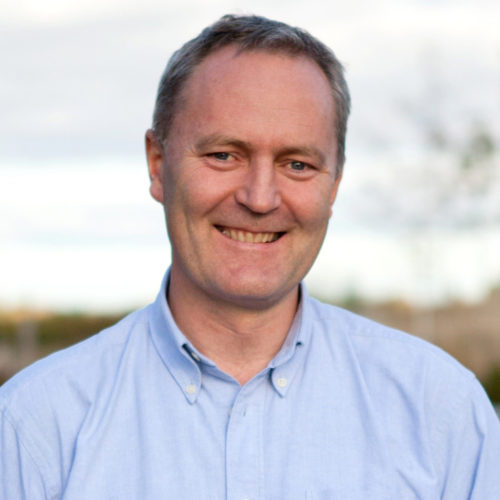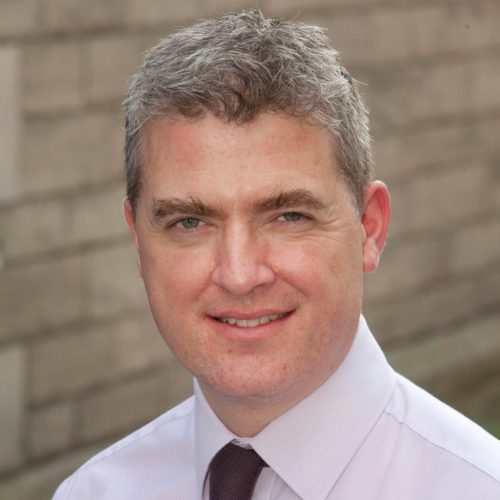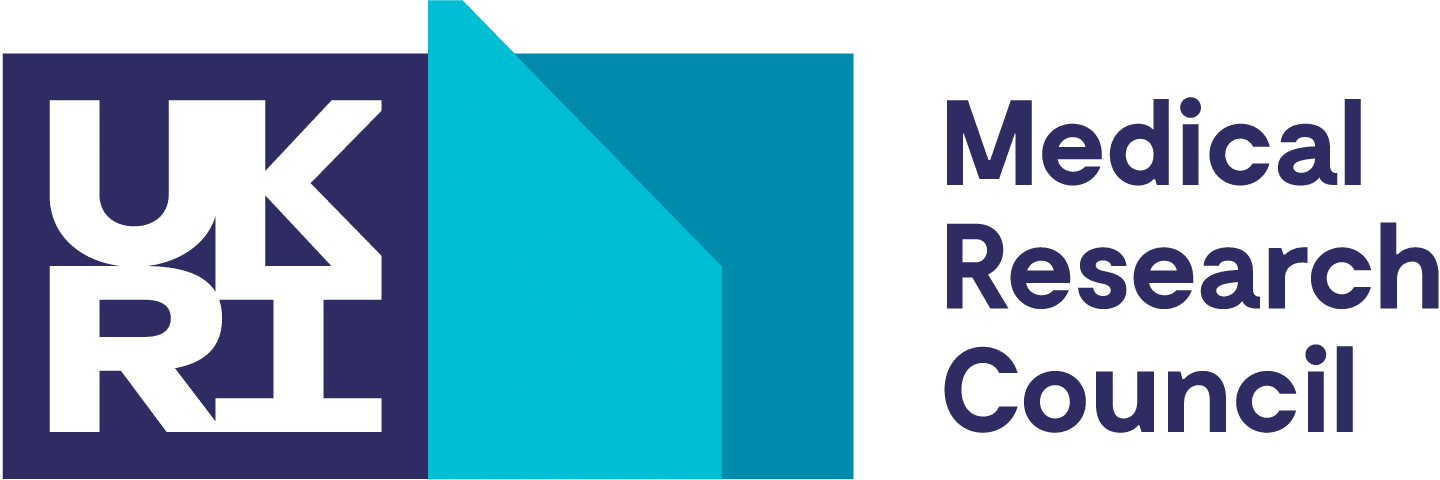Key focus
The niche (“the soil”) that surrounds stem/progenitor cells (“the seed”) in developing or damaged organs has a profound effect upon the stem/progenitor cells.
The focus of the UKRMP Niche Hub was to explore and therapeutically exploit our understanding of the biology of stem cell niches. We aimed to use this knowledge to optimise the growth and differentiation of stem cells and improve organ regeneration through endogenous repair and cell transplantation.
Our Location
Key aims
- To identify key factors from the study of niche biology in order to promote adult and pluripotent stem cell differentiation.
- To identify molecular targets to direct stem cells to promote endogenous repair and thereby promote “healthy regeneration” of organs and tissues.
- To identify the factors influencing the engraftment and function of transplanted cells in diseased tissues. We aimed to manipulate the abnormal niche created by the inflammation and damage of disease, to improve the longevity and the function of the transplanted cells.
Key translational objectives
The Niche Hub aimed to translate the knowledge it accrued from in vitro and in vivo model systems into translational outcomes by taking information from model systems and applying them to human tissues. Key objectives included:
- Identification of novel molecular targets for drug-based regenerative therapy.
- Development of better cells for transplantation and screening.
- Development of better tools and technologies for measuring tissue regeneration.









